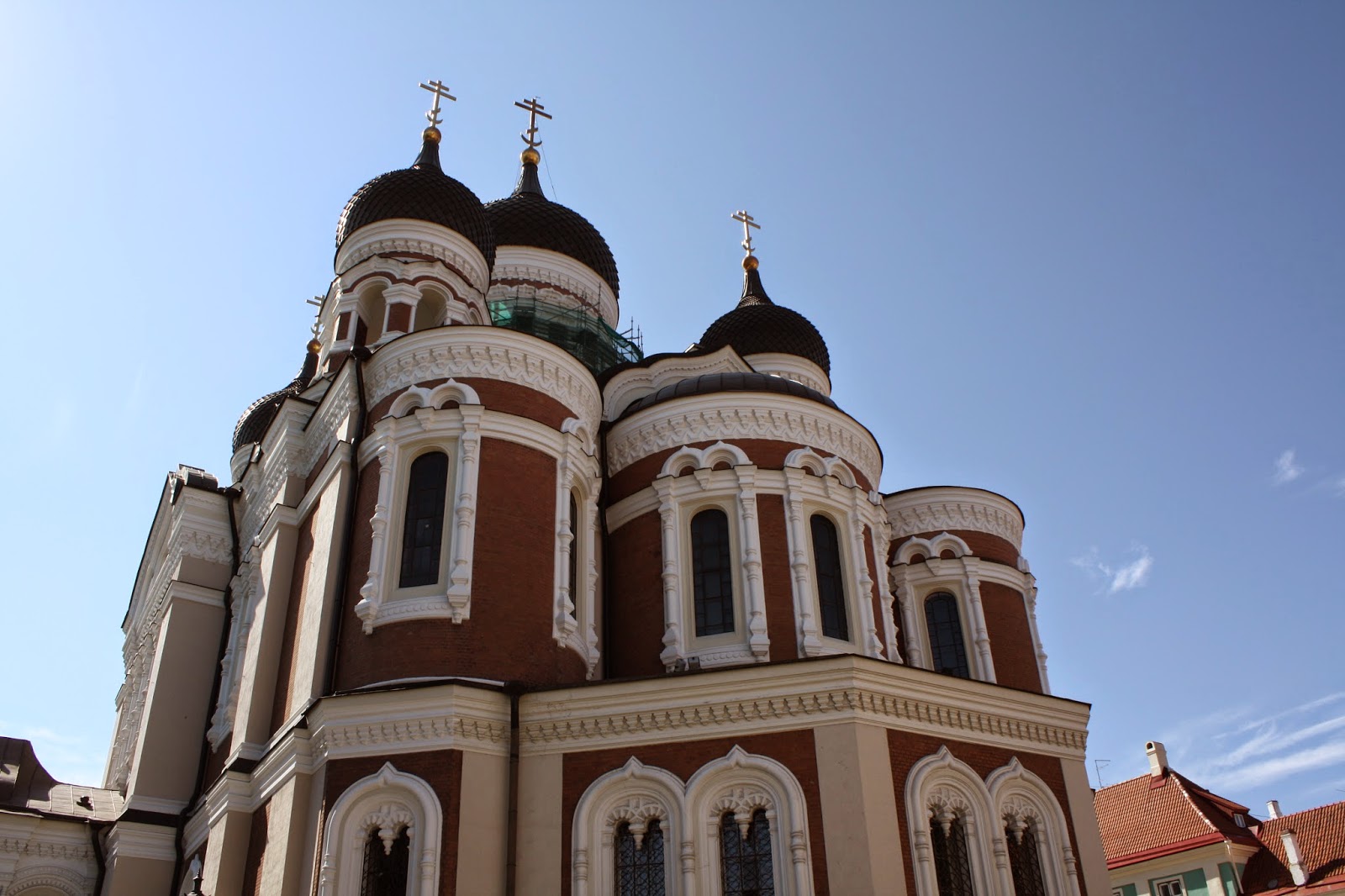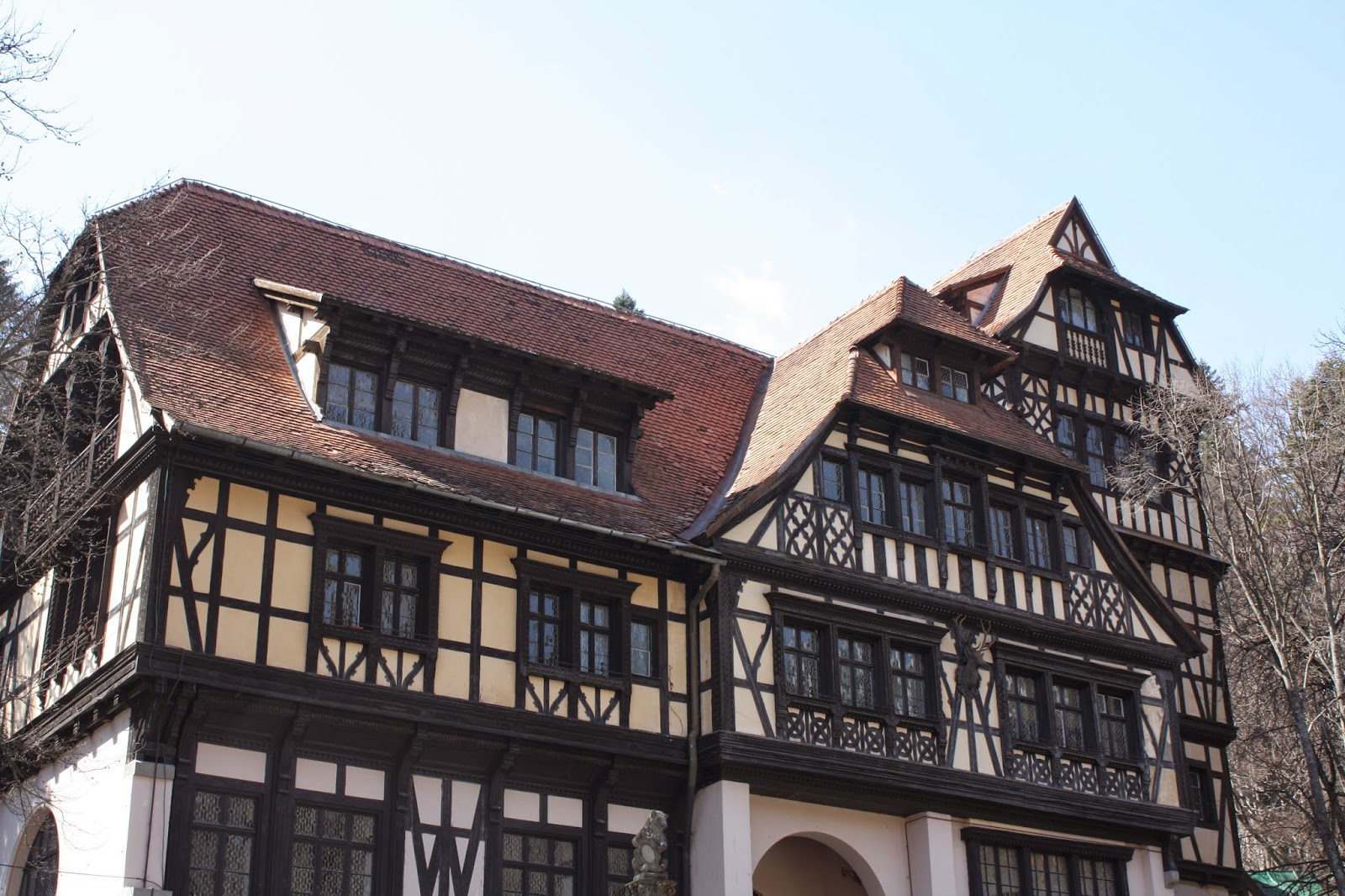After checking into the hotel room at Hotel Viru, the new
guests grumble amongst themselves the room is a little chilly and they are
thirsty. Two minutes later, a knock at
the door, and additional blankets and bottled water are provided by the house
keeping. It was as if the hotel was
listening to the conversation to ensure that each guests needs were met to show
how wonderful life was in the city.
Twenty-five years ago, that was the case, in the hotel, which claimed to
have only 22 floors, but used the 23 floor as a KGB listening center, to eavesdrop
and spy on the hotel guests. Some hotel
rooms had concealed espionage devices, for example small holes which cameras
were inserted, and the tables in the restaurant had microphones. People visiting from the west were given “special”
phones because their room phones were not working properly. The foot traffic on each floor was monitored
by an assigned clerk, and anyone wishing to rent a car was given a driver, most
likely a KGB agent.
Since 1991, when Estonia re-gained their independence, life
in Tallinn has changed. Formally known
as Reval from the 13th century until 1917, Tallinn is located at the northern
coast of Estonia, on the Baltic Sea. One
third of Estonia’s entire population resides in the city, which equates to 430K,
or roughly the same size as Bratislava.
Within Tallinn’s Old Town, the cobblestone streets wind around churches
and restaurants within the castle walls.
Outside of the Old Town, you find where the old meets the new, with new
buildings popping up and strong infrastructure, Tallinn has a highly
diversified economy with strength in the information technology sector and a growing
tourism industry. Skype is one of the
best-known of several Estonian start-ups originating from Tallinn.
About four hours’ drive south, on the banks where the Daugava
River meets the Baltic Sea, you come across the city of Riga, Latvia. Like Estonia, Riga suffered some of the same
history as their neighbors to the north. During World War II Latvia was occupied by the
Soviet Union in June 1940, then was occupied by Nazi Germany from 1941–1944,
and again by the Soviets until 1991.
With a population of almost 700,000, it is the largest city of the
Baltic States, and similar to Tallinn, 1/3rd of Latvia’s population
resides in the city. Situated in Old
Town, you will find the House of the Blackheads, which was erected during the
14th century for the Brotherhood of Blackheads, a guild for unmarried German
merchants in Riga. Unfortunately, the structure was bombed by the Germans in 1941
and the remains demolished by the Soviets in 1948. The current reconstruction
was erected from 1995 to 1999. Apart
from the House of Blackheads, the old town consists of a variety of squares with
outdoor restaurants and numerous churches, along with a large canal through the
city center and large parks.
 The final stop on my tour of the Baltics takes me back
north, across the Baltic Sea, to the city of Helsinki, Finland, which is
actually part of the Nordic Region.
Helsinki is the capital and largest city of Finland with a population of
616,000, and the northernmost capital of the EU member state. The city is located 80 kilometres (50 mi)
north of Tallinn, or about an hour and 40 minute by boat. Finland is home to almost 200,000 lakes,
while Helsinki is a city comprised of over 300 islands. Upon entering the harbor, you are immediately
greeted by the most prominent symbol of the city, the Helsinki Cathedral. Helsinki's neoclassical buildings were often
used as a backdrop for scenes set to take place in the Soviet Union in many
Cold War era Hollywood movies, when filming in the USSR was not possible.
The final stop on my tour of the Baltics takes me back
north, across the Baltic Sea, to the city of Helsinki, Finland, which is
actually part of the Nordic Region.
Helsinki is the capital and largest city of Finland with a population of
616,000, and the northernmost capital of the EU member state. The city is located 80 kilometres (50 mi)
north of Tallinn, or about an hour and 40 minute by boat. Finland is home to almost 200,000 lakes,
while Helsinki is a city comprised of over 300 islands. Upon entering the harbor, you are immediately
greeted by the most prominent symbol of the city, the Helsinki Cathedral. Helsinki's neoclassical buildings were often
used as a backdrop for scenes set to take place in the Soviet Union in many
Cold War era Hollywood movies, when filming in the USSR was not possible.
My trip through the Baltics and Finland was a nice
time. There was great weather, with the
sun never setting before 10PM, and even then, the sky was still a light
blue. The atmosphere in each of the
cities was festive and good food in all places.
In my travels, every so often I come across an odd American brand in a
random city which I have not seen anywhere else outside of the US. Whether it was RC Cola in the High Tatras of
Slovakia, or Dunkin Donuts in Sofia, Bulgaria, I have not seen these items
anywhere else. On trip, I came across
Baskin Robbins in Riga, which I proceeded to try a cup.
Tallinn, Estonia
Riga, Latvia
Helsinki, Finland






























